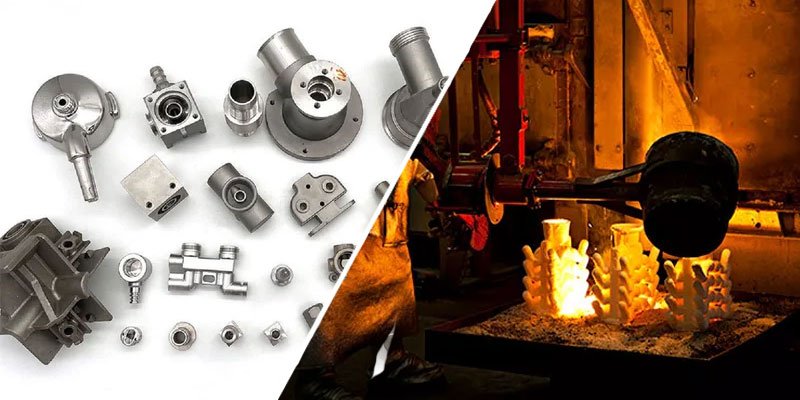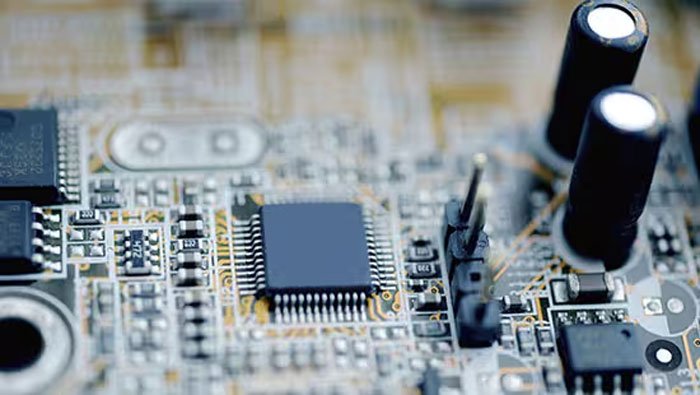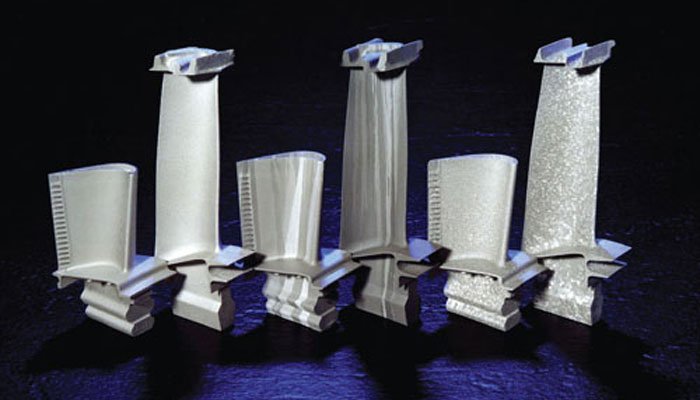
This paper explores how investment casting tackles the challenges of manufacturing micro parts and highlights its innovative applications in industries like medical, electronics, and aerospace. With its high-precision technology, investment casting offers the ideal solution for miniature parts, fueling growth across multiple industries.
1. Challenges and needs in the manufacture of micro parts
As technology continues to advance, the demand for micro parts is increasing in various industries. From medical devices to high-precision electronic components to aerospace parts, manufacturing micro parts faces many challenges.

Their small size, complex shape and high precision requirements make it difficult for traditional manufacturing processes to meet these stringent requirements. Therefore, how to realize the manufacture of high-precision and high-complexity small parts has become a major challenge for modern industrial technology.
2. Investment casting
What is Investment Casting?
Investment casting, also known as lost wax casting, is a precise method for creating detailed metal parts. The process starts with a model made of wax or other meltable material, coated with a heat-resistant ceramic shell. The wax is melted and removed, creating a hollow space. Molten metal is poured into this cavity, and after cooling, the casting is removed.

This technique is ideal for parts with intricate shapes, commonly used in aerospace, automotive, and medical industries.
Advantages of Investment Casting
- High Precision: Investment casting achieves excellent accuracy, typically within ±0.1mm, making it ideal for complex parts and small batches.
- Complex Shapes: The process can create parts with detailed structures and complex designs, as the mold does not limit the shape.
- Material Flexibility: It works with a variety of metals, such as stainless steel, titanium, and aluminum alloys, to meet different needs.
- Smooth Surface: Castings often have a smooth surface, reducing the need for extra processing and saving time and costs.
- Small Batch Production: Investment casting is perfect for small batches, prototypes, and custom parts without needing complex molds.
How to Meet the High Precision Demands of Micro Parts?
- Accurate Molds: For small parts, precise models are made using 3D printing or detailed wax molding to capture every detail.
- Optimized Materials: Metals with high fluidity help fill small cavities, preventing air pockets and ensuring accurate shapes.
- Temperature and Speed Control: Managing the metal’s temperature and injection speed is crucial to avoid uneven flow or incomplete mold filling.
- Post-Processing: Micro parts may require additional machining and polishing to improve precision and surface quality.
3. Application of investment casting in the medical field of miniature parts
In the medical industry, miniature parts are essential in equipment such as surgical instruments, implants, and monitoring devices. These parts require not only high precision but also biocompatibility and corrosion resistance.
Investment casting, with its fine casting process and careful material selection, can produce small, complex medical parts that maintain reliability and safety in extreme conditions.

For example, micro catheters, artificial joint components, and pacemaker housings can all be manufactured using investment casting to meet the strict safety, reliability, and precision standards of the medical industry.
4. Micro-parts casting in the electronics and communications industries
As electronic technology advances, products are becoming smaller while offering greater performance. Miniature parts like sensors, circuit board assemblies, and connectors require precise size and shape accuracy. Investment casting provides an effective solution for producing high-precision micro-parts.
This process enables the electronics industry to create small, complex parts with excellent electrical conductivity. These parts meet space limitations while ensuring high performance and long device lifespans.

For example, in 5G communication equipment, investment casting is used to produce miniature metal parts like antenna bases and connectors, ensuring stable signal transmission and equipment durability.
5. Aerospace: innovations in the manufacture of ultra-miniature parts
The aerospace industry demands high precision, low weight, and reliability in miniature parts. Investment casting technology has enabled the production of small yet highly functional aerospace components.
For example, miniature turbine blades in jet engines and joints in gas pipelines must operate under high temperatures and pressures, enduring extreme conditions.

Investment casting provides precise control over the metal cooling process, ensuring that the density and mechanical properties of the castings meet the required standards. This results in parts with high strength, corrosion resistance, and exceptional durability, meeting the aerospace industry’s strict demands for miniature parts.
6. Selection of materials for investment casting in micro-parts
Choosing the right material is essential in investment casting, especially for miniature parts. Common materials like stainless steel, aluminum alloys, and titanium alloys offer the strength, corrosion resistance, and precision needed for these parts. The material selection varies based on the specific application to ensure optimal performance.
For instance, stainless steel alloys improve biocompatibility in medical applications, while titanium alloys are commonly used in aerospace for engine parts and structural components due to their high-temperature resistance and durability.
7. The future of investment casting
As technology progresses, investment casting keeps evolving. The push for miniaturization has driven die casting to meet the demand for smaller, more precise parts. In the future, automation and smart technologies will further improve productivity and consistency.
For example, 3D printing can create complex investment casting models, cutting mold-making costs and time. This technology combination boosts flexibility and allows for more diverse micro-part designs. Automation will enhance efficiency and precision, making investment casting even more widely used for miniature parts.
8. Summary
Investment casting has significantly advanced technology across industries such as medical, aerospace, electronics, and precision machinery. It provides an efficient and precise solution for making miniature parts. With ongoing improvements in material science and automation, the future of investment casting holds even more opportunities for innovation in micro-part manufacturing.
By refining processes, selecting the right materials, and integrating new technologies, investment casting will continue to meet the growing demand for high-precision, high-performance micro-parts, driving progress and innovation in various industries.